There can be your advertisement
300x150
Why Renovations Always Cost More Than Planned: Real Reasons and How to Save
Very often, when planning a renovation budget, we miss many important details. In this article, we'll explain what to consider and how not to overspend
It's a familiar situation: you've created a renovation estimate, even built in a small buffer, but in the end, you spend 1.5 times more than expected. Let's find out why this happens to everyone and how to realistically estimate future expenses.
Key takeaways from the article:
Estimates always grow by 30-50%;
Major costs are often hidden from view;
There are ways to control the budget;
Saving on some materials can be risky;
The most expensive mistakes happen at the start;
Wrong sequence of work multiplies costs.
Hidden expenses that everyone forgets about:
Delivery and lifting:
Cost of delivering large materials;
Helpers and floor lifting;
Removal and disposal of construction waste;
Storage of materials.
Consumables:
Adhesive, primer, spackle;
Screws, anchors, angles;
Insulation tape, painter's tape;
Gloves, covering material.
Why work costs increase:
Unexpected problems:
Uneven walls require more plaster;
Old wiring needs full replacement;
Pipes turn out to be in emergency condition;
Floors require reinforcement.
Mistakes that cost a lot:
Wrong sequence:
First, you pasted wallpaper, then decided to change wiring;
Laid laminate before installing doors;
Painted walls before replacing radiators.
Economy on the main:
Cheap electrical wiring leads to rework;
Low-quality plumbing causes leaks;
- Bad sound insulation requires additional work.

Photo: freepik.com
How to control the budget:
Before starting work:
Create a detailed plan of work;
Add 40% to the planned budget;
Allow time for finding discounted materials;
Calculate alternative options.
During the renovation:
Keep track of all expenses;
Check receipts and estimates;
Control material consumption;
Keep all documents.
Where you can and cannot save:
Where saving is risky:
Electrical wiring and protection switches;
Plumbing pipes and connections;
Waterproofing in the bathroom;
Quality of rough materials.
Where you can save:
Finishing decoration (start simple and update later);
Decorative elements;
Furniture (buy later or gradually);
Some finishing materials.
How to avoid unnecessary spending:
Planning:
Make accurate measurements;
Calculate material with 10-15% extra;
Check for hidden communications;
- Consult specialists before starting work.
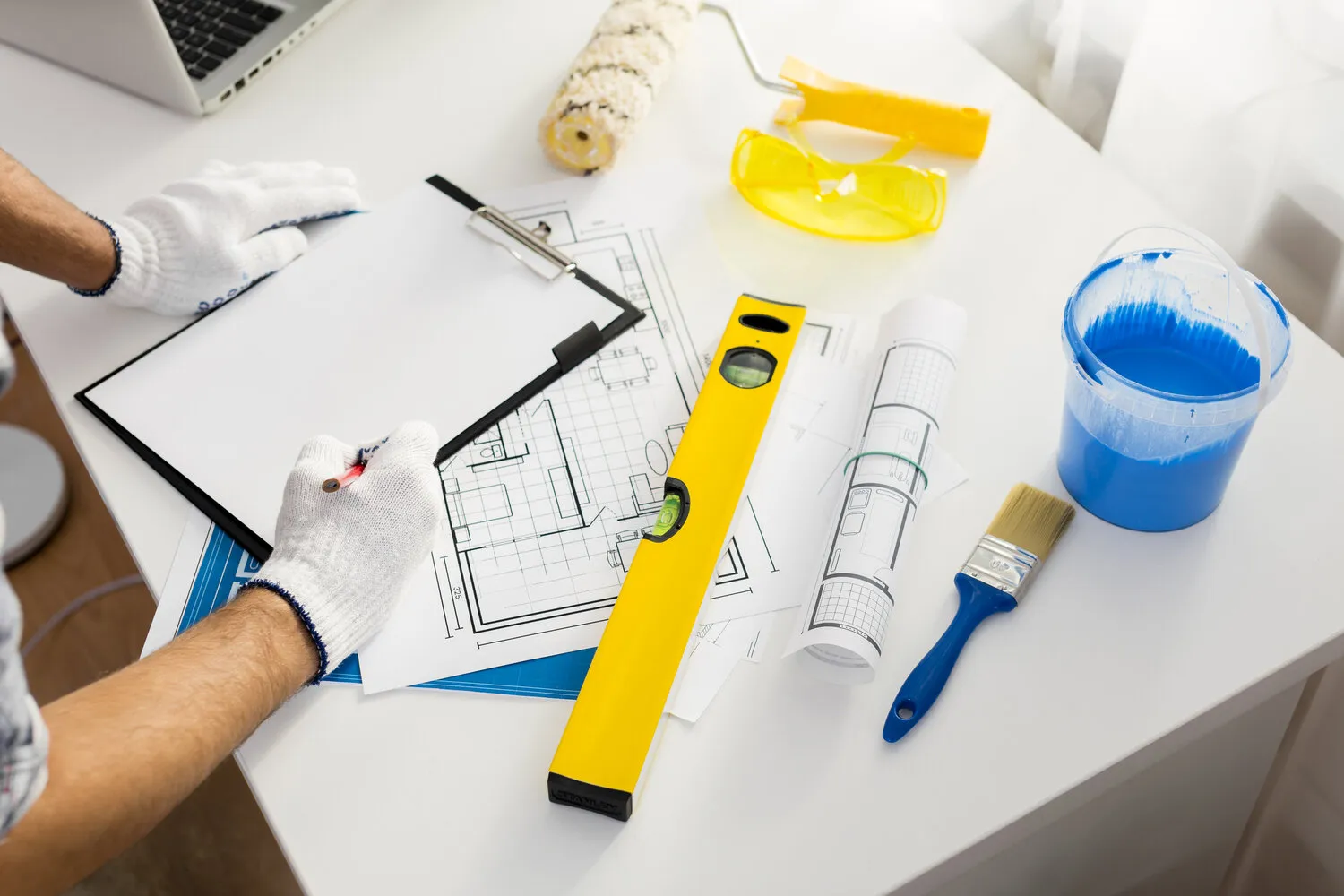
Photo: freepik.com
Seasonal specifics:
When renovation is more expensive:
In summer — high demand for workers;
Before holidays — markup on materials;
During vacation season — hard to find a team.
When you can save money:
In winter — discounts on materials;
In off-season — more choices for craftsmen;
- On sales — significant discounts.
Psychological traps:
Why we spend more:
The effect of 'since we're doing a renovation...';
Desire to do everything perfectly;
Hurry and impulsive decisions;
Pressure from sellers and craftsmen.
How to correctly estimate the budget:
The real way to calculate:
Calculate the minimum amount;
Multiply it by 1.4;
Add 10% for unforeseen expenses;
Account for inflation during long-term renovation.
Remember: overruns in renovation are normal, but they can be controlled. The key is thorough planning, accounting for all details, and readiness to handle surprises. It's better to initially set a larger budget than to search for additional funds during the renovation.
Cover: Design project by Karine Mkhitarian
More articles:
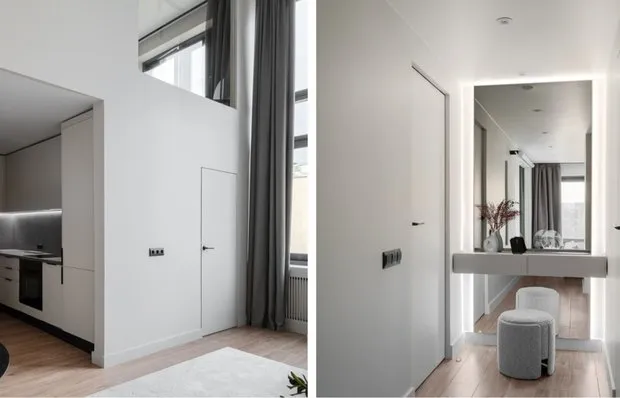 Impressive: 6 Best Ideas from a Two-Level Designer's Trash
Impressive: 6 Best Ideas from a Two-Level Designer's Trash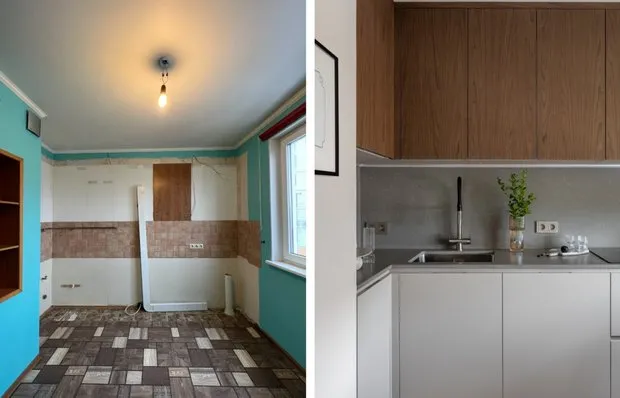 Before and After: Incredible Kitchen Transformation in 8 m² Panel Apartment
Before and After: Incredible Kitchen Transformation in 8 m² Panel Apartment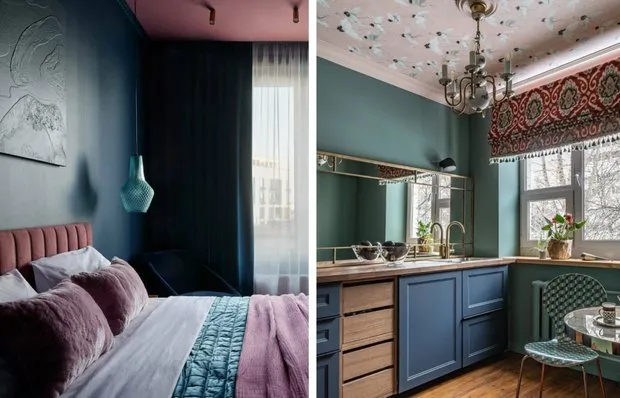 Can Be Any Color: 5 Stunning Interiors with Colored Ceilings
Can Be Any Color: 5 Stunning Interiors with Colored Ceilings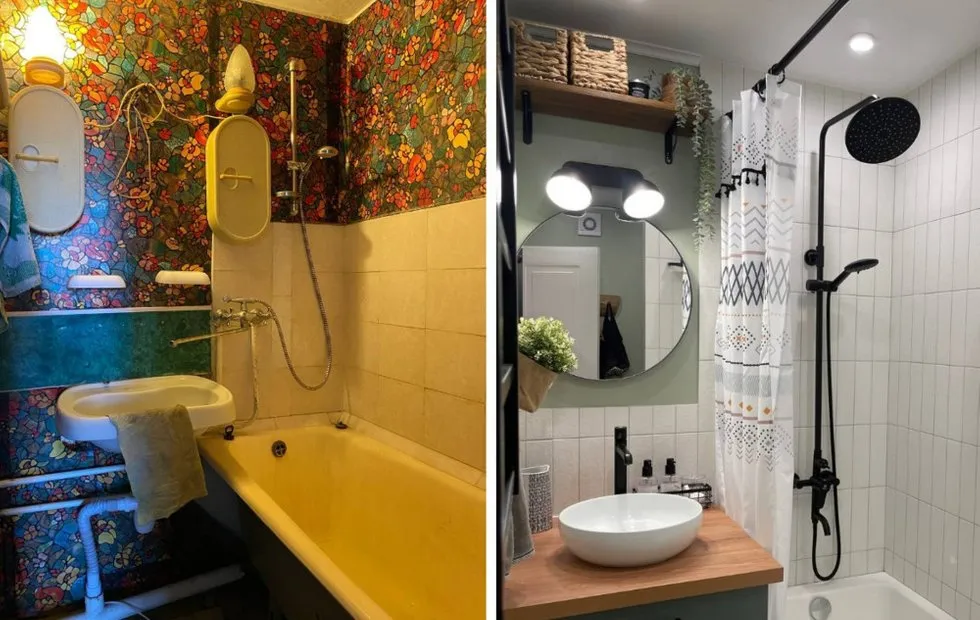 Before and After: 68 sq. m. Panel Apartment, Grand Renovation Without Demolishing Load-Bearing Walls
Before and After: 68 sq. m. Panel Apartment, Grand Renovation Without Demolishing Load-Bearing Walls How to Properly Choose a Live Fir and Keep It Until the End of Holidays
How to Properly Choose a Live Fir and Keep It Until the End of Holidays Barbican Estate: Concrete Utopia in the Heart of London
Barbican Estate: Concrete Utopia in the Heart of London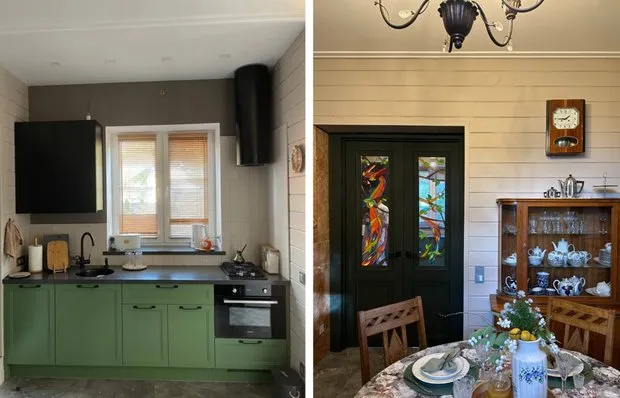 How a 1990s Dacha Was Transformed Into a Cozy Home for Comfortable Living (+ Before Renovation Photos)
How a 1990s Dacha Was Transformed Into a Cozy Home for Comfortable Living (+ Before Renovation Photos)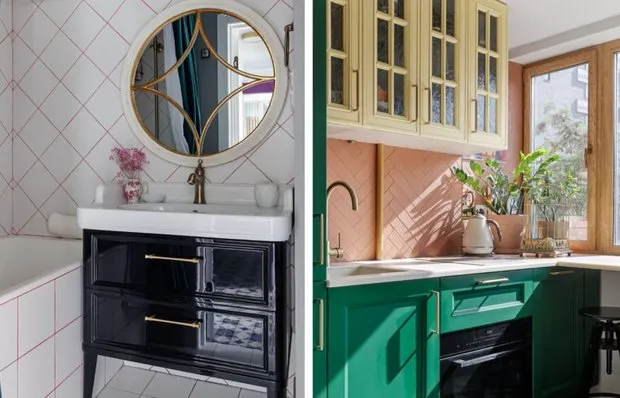 7 Stunning Design Solutions Found in a Vibrant 42 m² Apartment
7 Stunning Design Solutions Found in a Vibrant 42 m² Apartment